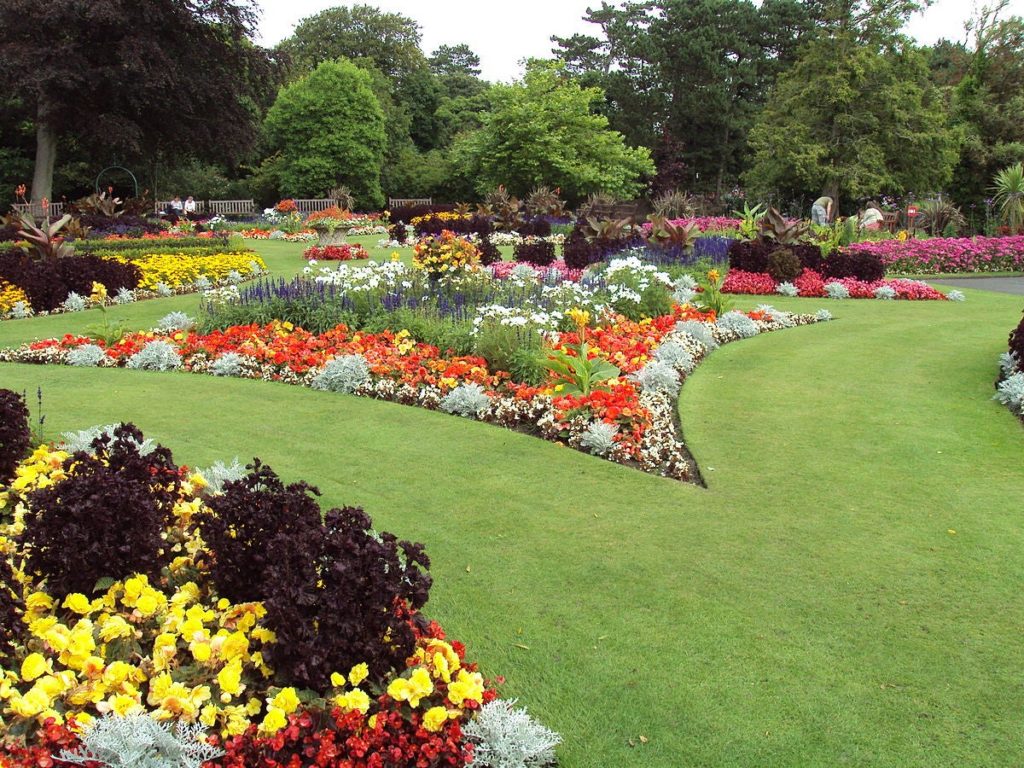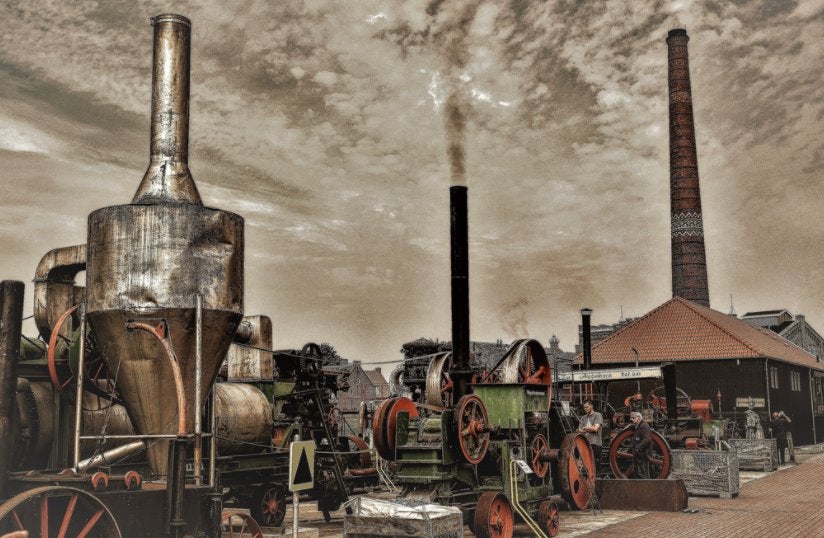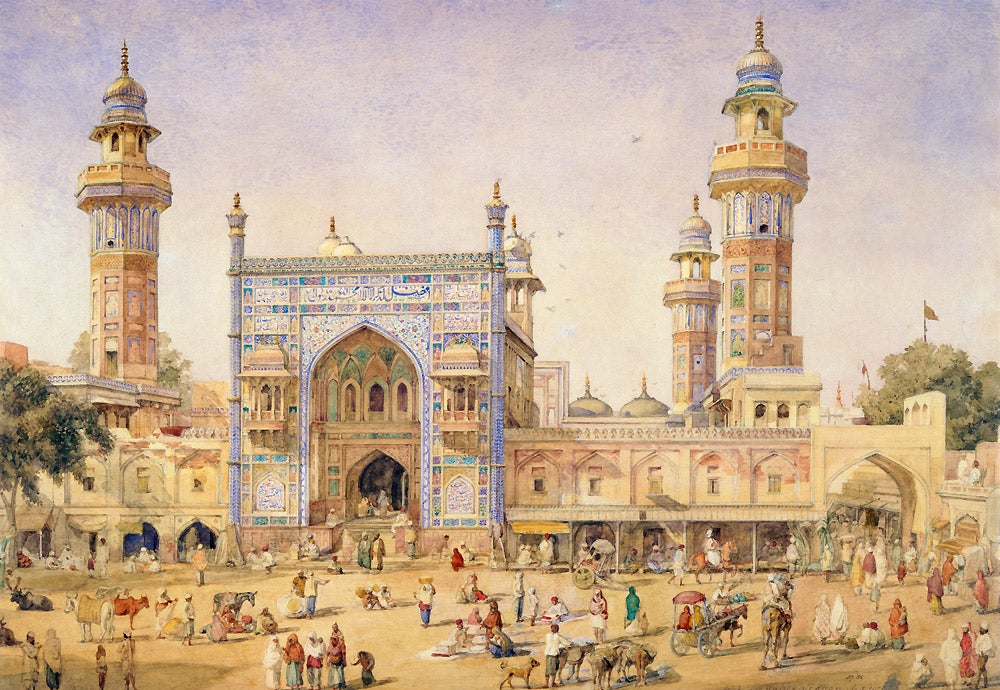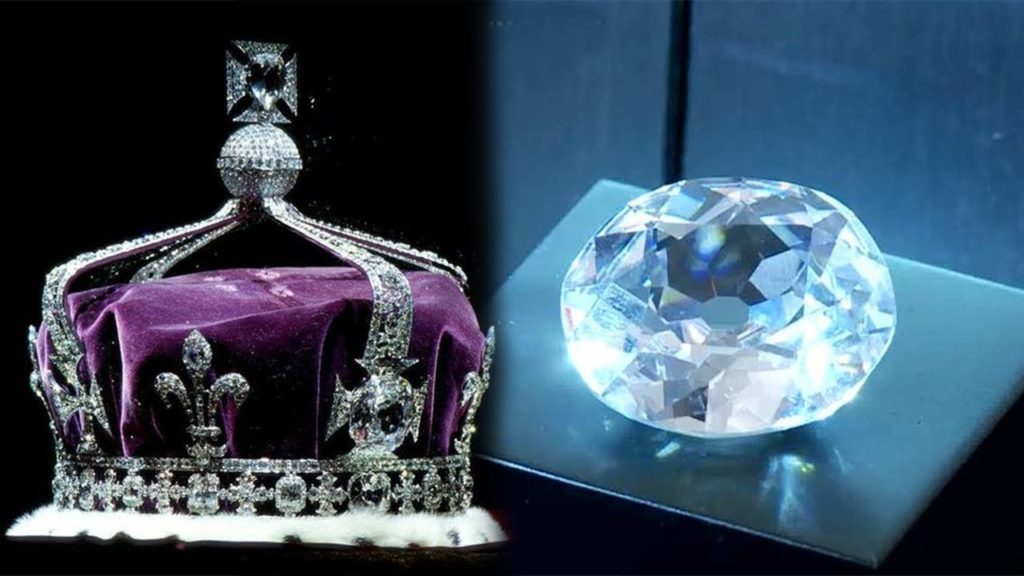Although it may not be as well known as other historical empires, for almost 300 years the Mughal Empire ruled the Indian subcontinent, and its rule would have a major effect on the history and culture of South Asia. Here are some interesting facts about one of the largest and most powerful empires in the history of India.
Incredible Facts About Mughals Empire
8. One of the Largest Empires of the Subcontinent

The Mughal Empire reached its maximum territory around 1690, covering almost the entire Indian subcontinent (present-day India, Pakistan, and Bangladesh) and parts of present-day Afghanistan.
At its peak, the Mughal Empire was 122% the size of the current geographic size of the Republic of India. Only the Maurya Empire in 250 BC and the British Raj before the Partition of India in 1947 dominated more territory.
(Source)
7. Taj Mahal

The most iconic example of Mughal architecture is the Taj Mahal. Located in Agra, India, the Taj Mahal was commissioned by Emperor Shah Jahan as a mausoleum for his beloved wife Mumtaz.
The highly ornate white marble structure took almost 20 years to complete. UNESCO World Heritage is one of the most visited attractions in the world.
In 2014, between seven and eight million tourists made the trip to see the remarkable structure.
(Source)
6. Economic Prowess

At its peak in the 17th century, the Mughal Empire was the greatest economic power in the world.
It represented almost a quarter of world GDP. With a large workforce, the Empire became one of the world’s leading manufacturing powers, ushering in an era of proto-industrialization, a precursor to the great Industrial Revolution that took place in Britain during the 18th century.
(Source)
5. Urban Life

For its time, the Mughal Empire was highly urbanized. At the peak of the 17th century, 15% of the population lived in the main urban centers; a mark that would not be reached in Europe until 200 years later.
During Akbar’s reign, there were 120 cities and 3,200 municipalities. The largest cities in the Mughal Empire were Agra, Delhi, Lahore, and Dhaka.
(Source)
4. Hooked on Hookah
The hookah or waterpipe (also known as shisha) is believed to be an invention of the Mughal era. It was developed by one of Emperor Akbar’s physicians after the introduction of tobacco into the Mughal Empire by Jesuit missionaries in the 16th century.
Smoking a hookah became a popular pastime among the wealthy of the empire, as evidenced by its numerous depictions in Mughal-era works of art.
(Source)
3. Siege of Delhi

In 1857, Indian soldiers from the British East India Company, known as a sepoy staged a rebellion against their British superiors. Their rebellion saw them capture the city of Delhi, which served as a refuge for the last vestiges of the Mughal Empire.
The sepoys attempted to restore the once-great empire. However, the action only sparked a violent siege of the city by the British, resulting in many lives lost on both sides of the conflict, including civilians.
Ironically, this attempt to restore the Mughal Empire to its former glory only hastened its demise.
(Source)
2. The Koh-i-Noor Diamond is an Empire’s Best Friend

The famous Koh-i-Noor diamond, considered one of the largest diamonds in the world, was owned by many Mongolian emperors. The first emperor Babur made reference to the diamond in his memoirs.
Shah Jahan had the diamond embedded in his ornate peacock throne. However, in the midst of an attack on Delhi orchestrated by the Persian ruler Nader Shah, the precious jewel was looted.
Diamond ownership would then change hands many times over the years, before ending up in Queen Victoria’s possession. Since then, the Koh-i-Noor diamond has been part of the jewels of the British crown.
(Source)
1. The Legend of Anarkali

One of the most told stories of the Mughal era is the rag-to-riches-to tragic end tale of Anarkali. Once a courtesan, Anarkali would eventually become the wife of Emperor Akbar.
However, she would go onto have an affair with Akbar’s brother Salim, the then Crown Prince and future Emperor Jahangir.
Because of her transgressions, Akbar ordered that she be buried alive in the wall of one of her palaces. Although historians have debated whether the story is true or not, or whether Anarkali existed, the legend of forbidden love has been adapted time and time again in South Asian literature, film, and theater.
(Source)
Preview Image Credit: aajkikhabar.com









